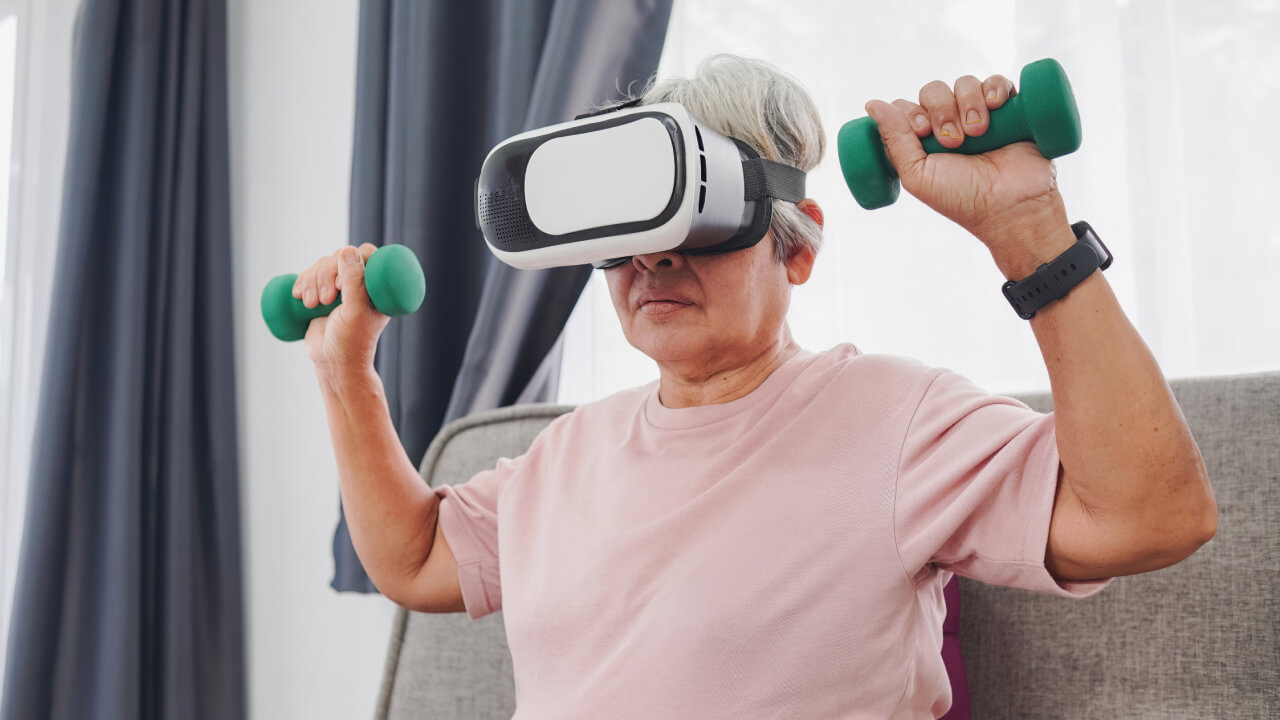Pioneering Advances in Health Tech
This is the fifth and last article of the series: Wearable Health and Wellness Tech – Trends, Opportunities, and Considerations for Engineers
With the landscape of wearable health and wellness tech set for unlimited growth, engineers stand at the forefront of the picture. Constant innovation and limitless potential for creativity help us navigate a future filled with exciting visions and uncharted territories of technological innovation.
Dive into what the future may look like according to our experts.
Go to:
- The Intersection of Hardware and Software with insight from Bill Munger, Wireless Specialist at Future Electronics
- Navigating Nanotech and Beyond with insight from Isaac Dost, Power Specialist at Future Electronics
- Sensor Evolution in Wearables with insight from Bruce Muff, Future Connectivity Solutions expert at Future Electronics
Bill Munger on The Intersection of Hardware and Software
Expanding Horizons of Wearable Technology
The future of wearables is an exciting picture in which hardware engineers will play a foundational role. The need for robust components able to integrate diverse sensors operating at nanoamp ranges seamlessly is a task that will keep engineers on their toes and opening new pathways for innovation.
On the other hand, software engineers and AI scientists will also play a crucial role in extracting and enhancing the nuances of health insights.
The entanglement and interaction between these two areas will boost wearable health and wellness devices to become an integral part of our daily lives as consumers, offering users with personalized guidance for various health conditions in the palm of their hands… or wrists… or in any new garments the future may hold.
- Critical Players: Hardware engineers, software engineers, and AI scientists.
- Hardware Emphasis: Robust components for seamless sensor integration.
- Software’s Role: Extracting nuanced health insights and personalizing feedback.
Isaac Dost on Navigating Nanotech and Beyond
The Thrill of Technological Advancements
Being a development engineer in this day and age is an exciting opportunity. Amid quick technological advancements, the thrill lies in working with technology that is constantly evolving, being able to adapt and innovate with the new possibilities being opened every day.
Nanotechnology is bringing new opportunities to the wearable health sector. Integrating nanotechnology to polymer bands, implementing piezoelectric charging, and even embedding interactive contacts in clothing are all now possible or at different stages of development. For these reasons, it’s crucial for hardware engineers to stay on top of every new development, taking agency of fostering partnerships and bringing the latest of cutting-edge technology into their designs.
In a field as dynamic as this one, being able to navigate, adapt and innovate to rapid evolution is the key to staying at the forefront of the industry.
- Development Engineer’s Task: Navigate quickly evolving technology landscapes.
- Technological Marvels: Nanotech-integrated polymer bands, piezoelectric charging, interactive clothing contacts.
- Strategic Musts: Stay informed, form partnerships, and adopt and adapt to avant-garde tech.
- Competitive Edge: Embracing new tech, becoming an early adopter will set companies up for future leadership.
Bruce Muff on Sensor Evolution in Wearables
From Familiar to Non-Traditional
The future of sensors can be divided into two categories. First, we can expect the continuous enhancement of existing sensors as we can see, for example, on the latest edition of the Apple Watch, where hand gestures are now detectable by the device for intuitive commands. Similarly, the devices of tomorrow will aim to do more of this, creating a user experience that seems out of science-fiction, but feels easy to adopt into everyday life.
The second category is the surge of “non-traditional” sensors, including, for example, chemical sensors for health metrics like blood glucose. The devices of tomorrow could sense and analyze different aspects of health that are off-limits for today’s technology; for example, analyzing sweat, skin and even gases to provide preventive health measures. Optic and chemical sensing could open new horizons for wearable capabilities, far beyond today’s heart rate monitoring.
- Sensor Evolution: Advancements in existing sensors and the rise of non-traditional sensors..
- New Horizons: Chemical sensors for preventative and active health measures, and optical advancements to expanding beyond heart rate monitoring.
As tomorrow approaches, one thing is clear: engineers are the architects of tomorrow’s health and wellness wearable landscape. With an exciting ground laying ahead of us, the sky is the limit, and staying at the forefront of innovation is the way to get there.
This concludes our series on Wearable Health and Wellness Tech – Trends, Opportunities, and Considerations for Engineers. Do you have any wearable health and wellness technology projects you’d like to take to the next level?
Send us an email and get in contact with our experts at Future Electronics to get personalized engineering support for all of your applications.






